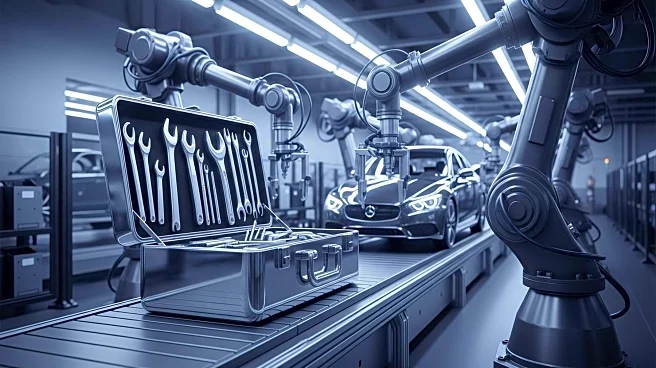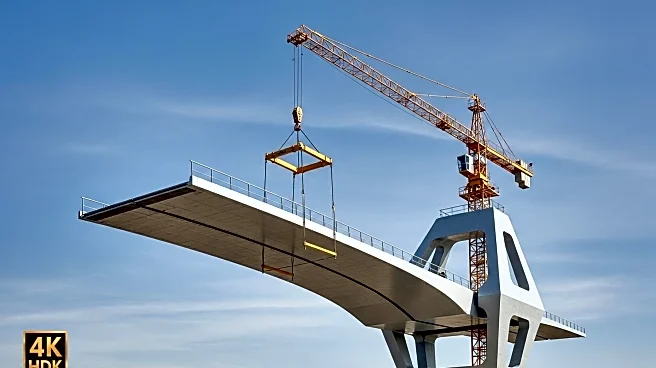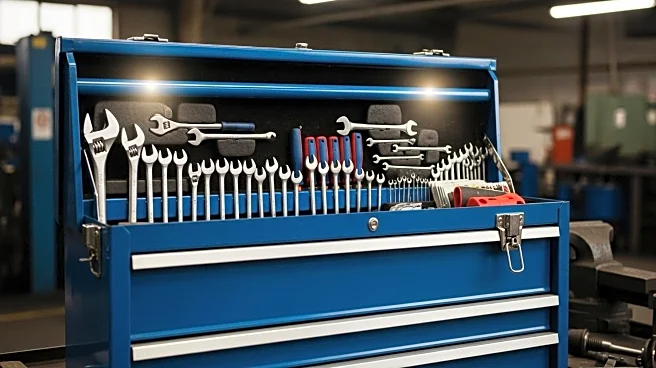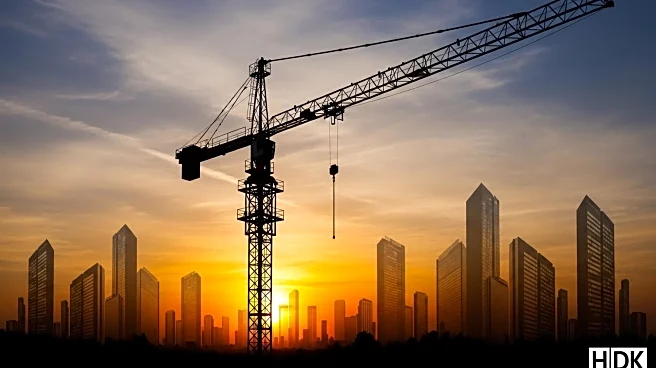What's Happening?
Vermont's construction industry has experienced significant growth this year, driven by housing developments and flood recovery efforts. Major projects like Cambrian Rise in Burlington and Finney Crossing in Williston are contributing to the state's economic expansion. However, the industry faces challenges such as labor shortages and rising costs. Vermont's construction workforce, approximately 15,000 strong, is insufficient to meet demand, leading to fierce competition for skilled labor. Programs like Vermont Works for Women and AGC/VT's simulator training center are helping to address these workforce gaps by providing scholarships and hands-on training.
Why It's Important?
The construction industry's growth is vital for Vermont's economy, particularly in addressing the housing shortage and infrastructure needs. Despite the challenges, the sector remains a key economic driver, supported by federal and state funding. Workforce development initiatives are crucial in ensuring the industry can sustain its growth and meet future demands. The shortage of skilled labor highlights the need for strategic investments in training programs to attract and retain workers, which is essential for the industry's long-term viability.
What's Next?
As Vermont continues to invest in workforce development, the construction industry is expected to see improvements in labor availability and project execution. The focus on training the next generation of workers will likely lead to increased participation in the trades, helping to alleviate the current labor shortage. Additionally, ongoing infrastructure projects and housing developments will continue to drive economic activity, with potential expansions into neighboring states to maintain growth momentum.
Beyond the Headlines
The construction industry's challenges reflect broader economic issues, such as housing affordability and inflation. As Vermont navigates these obstacles, the industry may influence policy discussions on housing and labor practices. The emphasis on workforce development also underscores the importance of creating sustainable career paths in the trades, which could lead to cultural shifts in how these professions are perceived and valued.










